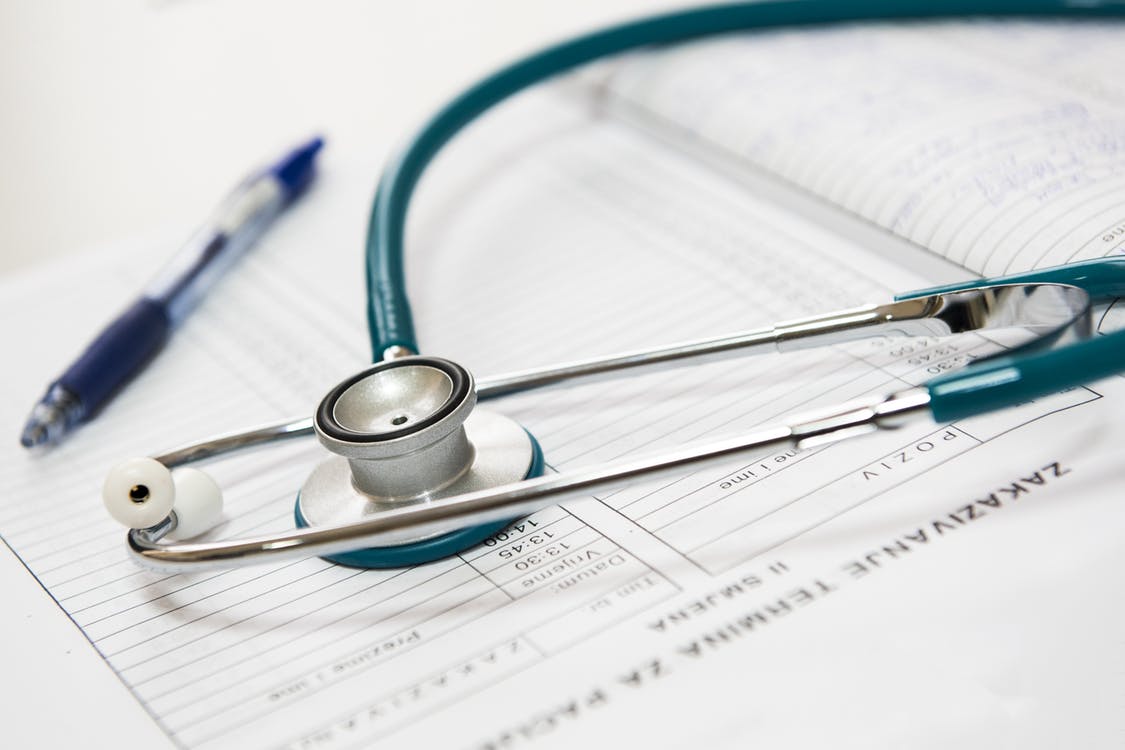
Cardiovascular issues can result from unhealthy lifestyle, genetic disorders, or a host of other factors, such as an autoimmune disease. With cardiac emergencies being the leading cause of death worldwide, it’s important to monitor and intervene when necessary.
Thankfully, modern technology has brought solutions to help us monitor and improve our cardiovascular health. These innovations, along with all medical professionals maintaining an active PALS or ACLS certification, can help us to drastically lower the number of people dying from heart disease over the next decade.
With this in mind, let’s explore some of the new cardiac health technologies available:
Artificial Intelligence (AI) In Cardiology
Just a few decades ago, artificial intelligence (AI) was thought of as nothing more than a pipe dream. These days, medical conferences around the globe have ongoing discussions regarding AI, hoping to discover new ways to monitor, predict & improve patient outcomes.
For instance, cardiology and radiology equipment now use AI and machine learning to help increase the speed of completion for reporting systems. These two technologies help cardiologists by locating potential problems in the heart and blood vessels for the cardiologist to review.
With advanced pattern recognition developed from applying machine learning to a wider dataset than any human could possibly analyze, we may eventually reach a point where the machines can more accurately identify and diagnose some conditions than cardiologists, though of course human oversight will still be needed to determine the most appropriate course of action.
Virtual And Augmented Reality In Cardiology
Much like Artificial Intelligence, both Augmented Reality (AR) and Virtual Reality (VR) used to be mere concepts associated with science-fiction shows, films, and novels. Now, the topics that were earlier thought to be science fiction have become part of everyday life.
The primary use case for AR & VR in cardiology and related healthcare studies is training. This new technology can create an immersive training environment, allowing healthcare practitioners to live out a scenario in great detail before facing it in the real world.
Using AR and VR to train doctors and nurses in the use of new cardiac technology, surgical procedures, and appropriate responses to cardiac emergencies can reduce the risk of human errors significantly, preserving human life by letting students practice on digital models rather than human patients.
Wearable Technologies
Among the many new technologies that are being used to monitor cardiac health, wearable devices have become the norm for many people around the globe. Bands, watches, and rings are a few of the many examples of smart devices equipped with heart-monitoring capabilities.
These ready-to-wear cardiac devices are available in different markets and varying price points. Many of them allow for heart rate monitoring, and some even have more advanced features such as the ability to produce a passable EKG (electrocardiogram).
Becoming familiar with the normal rhythms of their heart, and looking for abnormalities in the data can help users to notice a potentially dangerous abnormality before it becomes a medical emergency.
Structured Data Analytics
Gone are the days wherein medical establishments had to use mounds of paper to complete reports. Now, cardiologists and other medical professionals can use software to produce structured reporting with accurate and complete data.
The data analytics gathered can help doctors to get a more complete picture of a client’s health, combining data points from a variety of tools and assessments without requiring an unreasonable amount of time to compile. This technology may lead to better efficiency for hospitals and clinics as doctors can make more informed diagnoses and recommendations.
Image-Based Technologies
Some devices use alphanumeric combinations to display a patient’s current cardiovascular condition. Looking through these letters and numbers may become challenging for some medical professionals, mainly when predicting specific outcomes of a patient's cardiac health.
Now, image-based technologies are on the rise to help medical experts to see and predict the well-being of their patients’ hearts. For example, a wire-based fractional flow reserve (FFR) equipped with virtual imaging features can help users to accurately measure blood pressure and flow through a specific part of an artery, leading to more informed response decisions.
Final Thoughts
AI and machine learning, AR and VR, wearable tech, automated reporting, and image-based cardiac technologies – these are all examples of the technologies that are being used today to improve cardiac health.
Technology in the healthcare sector in general seems to be showing continuous improvement. Hopefully the current cycle of innovation will continue to drive better health outcomes in the coming years and decades.
That being said, it’s important to not neglect the basis. Often, the best thing healthcare professionals can do to prepare for patients facing a cardiac emergency is to keep their life support certifications up-to-date. If you’re reading this and yours has lapsed, register today.